Central Pyrenees
Landscape
Exuberant and conspicuous, the most spectacular parts of the Pyrenean system belong to its central section in the Province of Huesca. The union between its nearly perpetually snowed sharped edged peaks and the vast extension of woodlands with the alpine meadows make this landscape one of the most geographically variable and abundantly bio-diverse natural reserves.
Flowers
Thanks to its geographical and climatic conditions, a large number of uniquely distinctive flora inhabits the Pyrenees. Flowering mainly from May to late August, species such as Gentians, Orchids, Bellflowers, or Rock-Jasmines are just a handful to mention, with particular reference to one distinctive and protected alpine flower, the Edelweiss. With more than 180 endemic species, Large-leaved Saxifrage, Eightpetal Mountain Avens, Pyrenean Iris, Aragon Scurvy Grass, and Pyrenean Honeysuckle are only a few examples of the varieties that you can exclusively spot here.
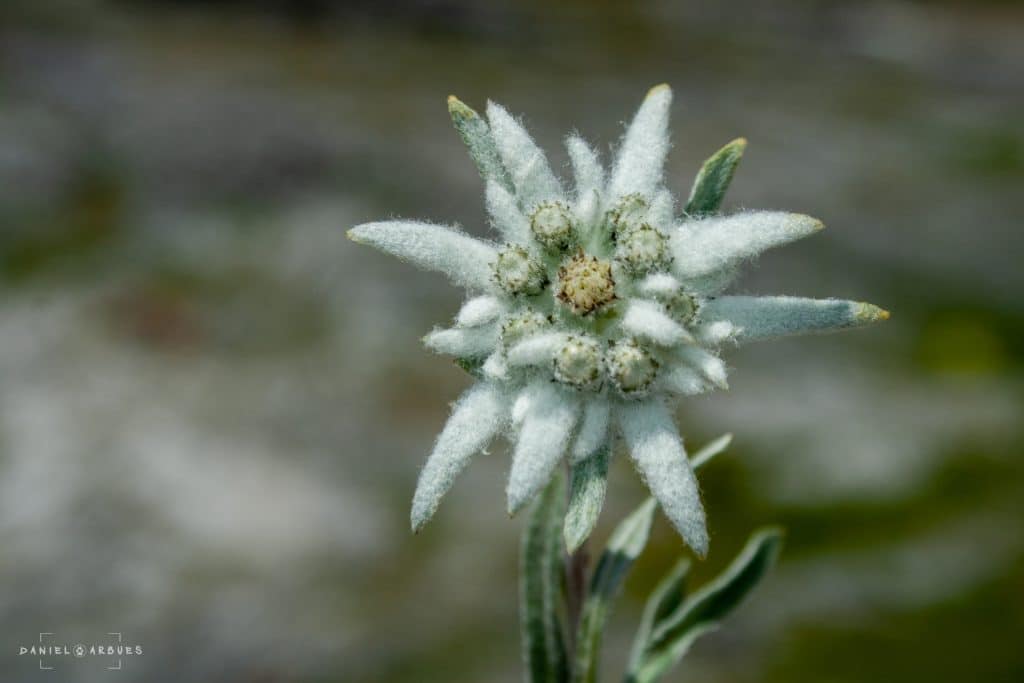
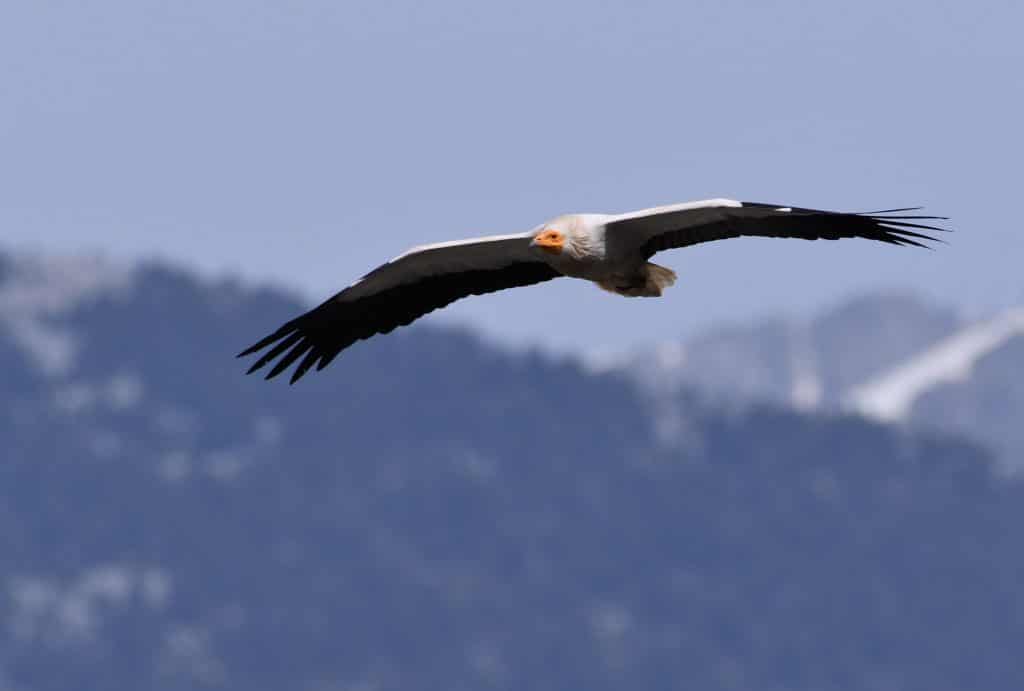
Birds
The diversity ranges from mountain specialists such as Rock Thrush or Snowfinch to species more commonly found around open woodlands, including Bee-eaters or Woodchat Shrikes. Nevertheless, one of Europe’s most significant concentrations of raptors, Griffons, Egyptian vultures, and the emblematic Lammergeier or “Bearded Vulture” always deserves a special mention. Other distinctive mountain specimens are Wallcreepers and Alpine Choughs, whereas high-density forest areas and meadows with Black Woodpecker, Song Thrush, or Marsh Tit approximates to central European habitats.
Butterflies and moths
This prosperous region harbours between 70 and 100 different species, including Pyrenean specialities. Swallowtails and Apollos are two of the most common families with the Alpine Ringlets that inhabit these mountains at high altitudes. Purple-shot, Purple-edged coppers, and the rare Gavarnie Blue are just a few good examples to highlight. Spanish moon and giant peacock moths can also be observed quite regularly.
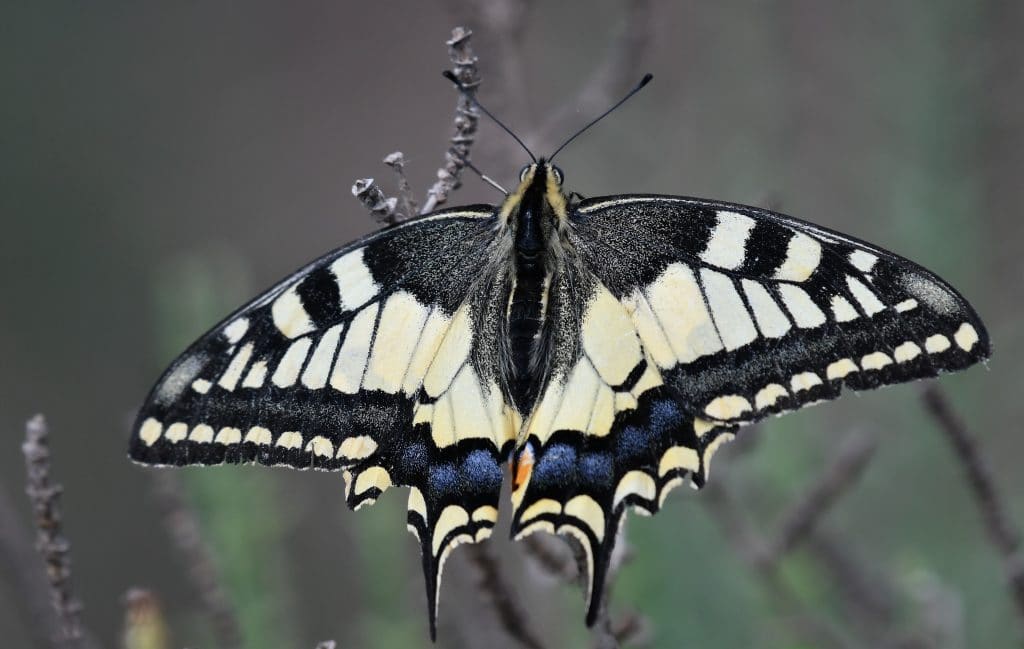
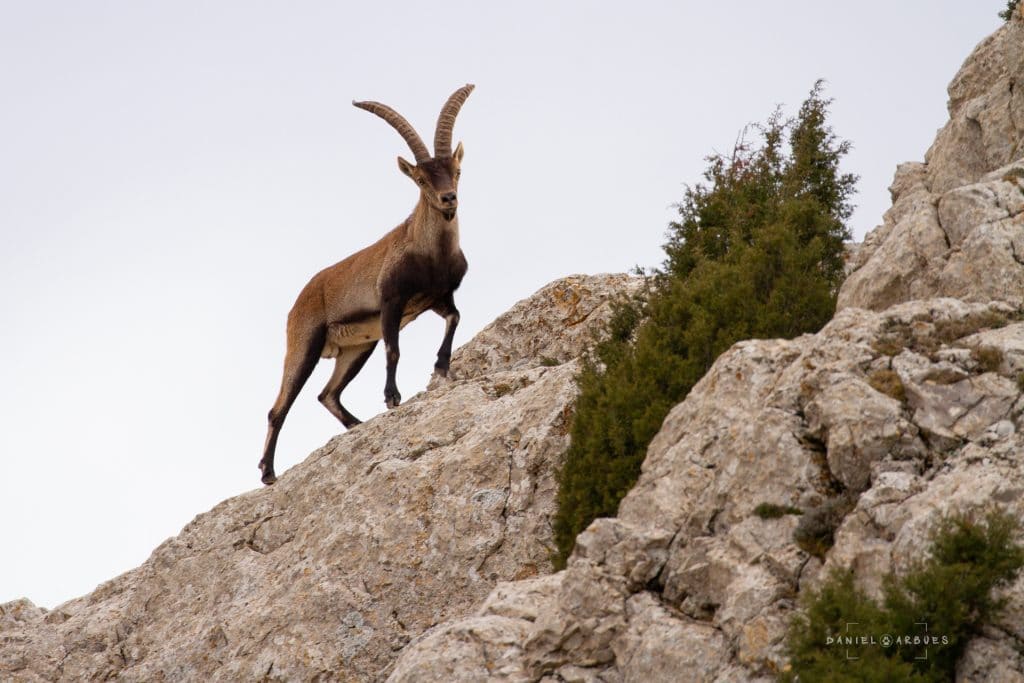
Other wildlife
Some striking Pyrenees endemic Mammals include Isard – Pyrenean Chamois – at the high tops and Desman (Shared with other Iberian mountains). Frequently, Alpine marmots and Red Squirrels will accompany you during your hikes. Finally, concerning reptiles, you might be able to spot Pyrenean frogs, Pyrenean Brook Newts, or Pyrenean Rock lizards as some of the most remarkable endemic species in these mountains.
Heritage
Huesca was the birthplace of the magnificent kingdom of Aragon, which once was one of the most extended territories of the Mediterranean during the Middle Ages. The Pyrenean mountains act as the natural border with France that also holds the gateway to the Way of St James, so almost every village proudly treasures some historical-artistic gems, particularly of the Romanesque style.
The gastronomic heritage, forged by the legacy of the different towns that have passed through it, is based on natural products and traditional recipes. The combination of the rich variety of ingredients with the deeply extended winery culture makes visiting this region a complete delight for food lovers.
For all these reasons, Huesca is a magical place that offers countless routes in search of its natural riches, various sporting activities, and extensive historical legacy.
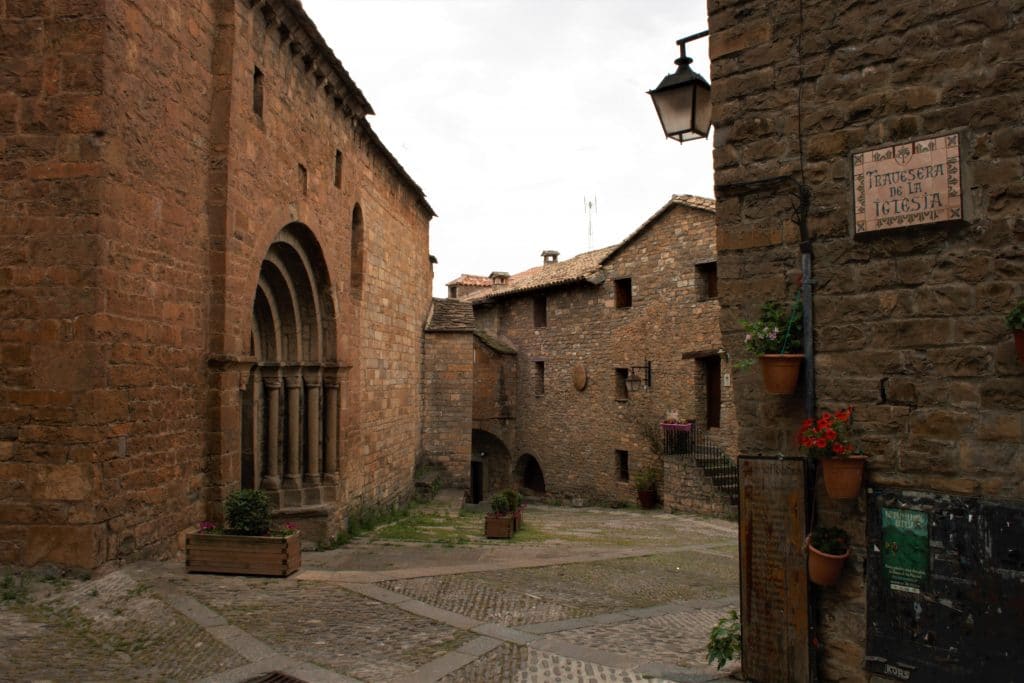
Connections
All our experiences in Central Pyrenees includes the transfer to/from the closest main Airports and Train Stations. Once you have arrived at your destination, all the activities are bound to be arranged locally, and in those cases where transportation might be required, it will be provided by the host/activity supplier.
You are free to arrange your own method of transport if that suits you better, but we strongly recommend using our shared transportation to minimise the carbon footprint.


